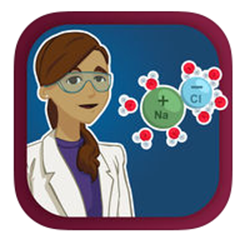
Virtual Labs: Understanding Water Activity
What is water activity, and how does it affect food spoilage? In this virtual lab, students can explore how microbes and reactions inside food rely on water and calibrate a lab water activity meter. Students will become familiar with food science lab equipment and standard techniques for measuring water activity. The lab guides users through both theory and practice, preparing them for experiences in a real lab.
Related
Background
Moist foods – like fresh fruit or raw meat – often have high water activity and spoil quickly. But some foods that seem moist – like jam or pepperoni – don’t spoil as quickly. Why is this? All living things need water to survive. Enzymes and chemical reactions also require water. If water activity is less than 0.6, almost all microbes, including bacteria, molds, and yeasts, stop growing. This means that food can be preserved against spoilage by lowering its water activity – whether by evaporating water away or binding it up.
Lessons Associated with this Resource
Author
New Mexico State University Learning Games Lab
This work was supported by USDA CSREES and USDA National Institute of Food and Agriculture under two Higher Education Challenge Grant projects: 2008-38411-19055 and 2011-38411-30625. © 2008-2016 NMSU Board of Regents. Collaborating universities South Dakota State University, North Dakota State University and New Mexico State University are all equal opportunity/affirmative action employers and educators.